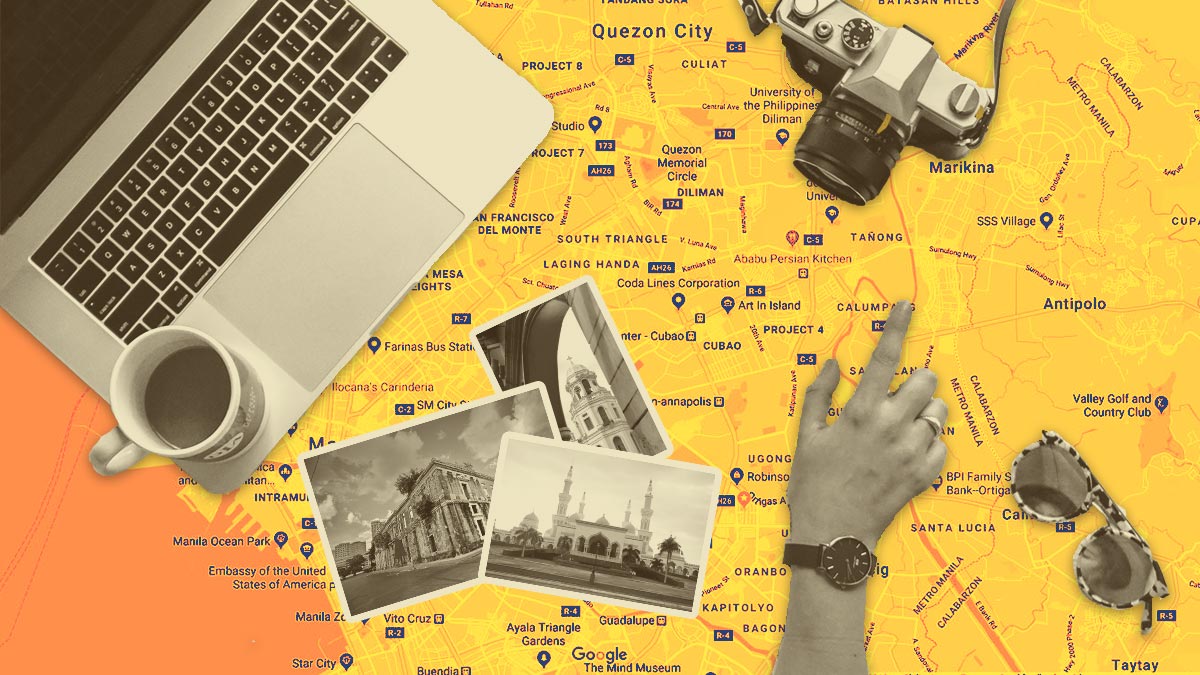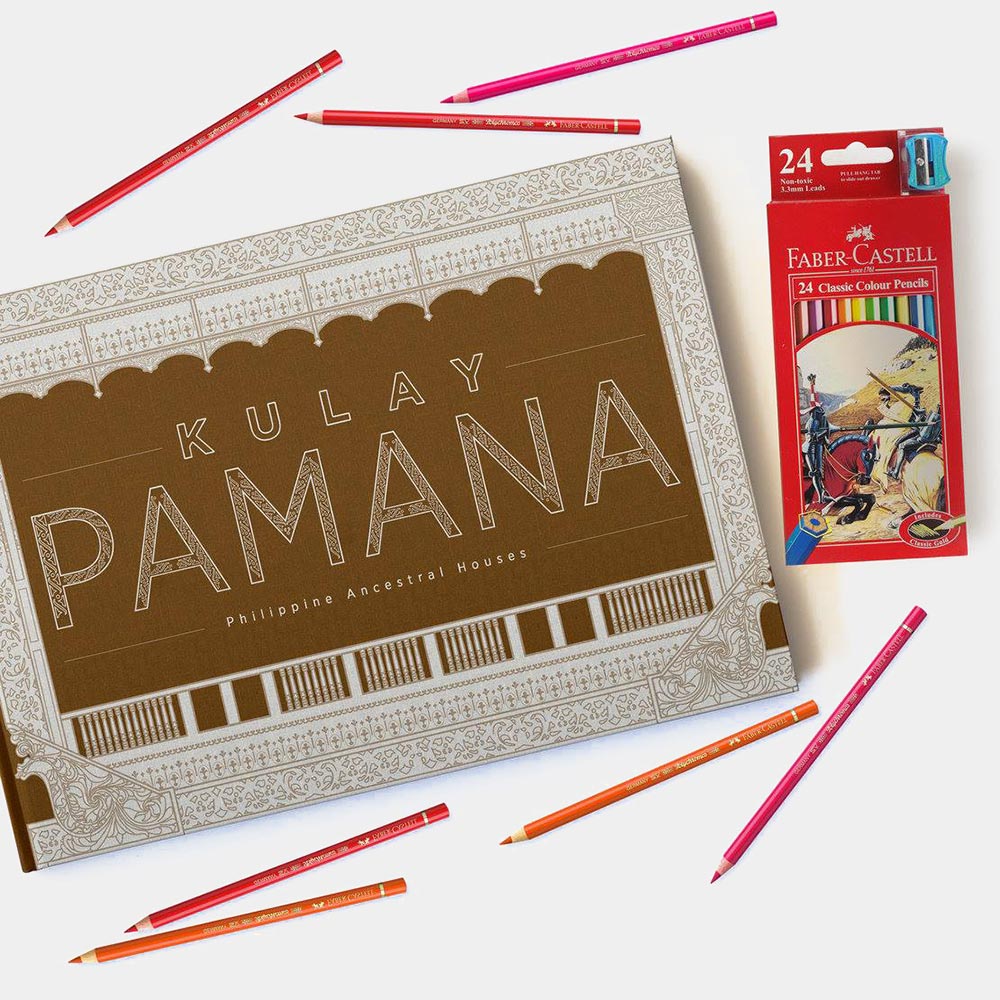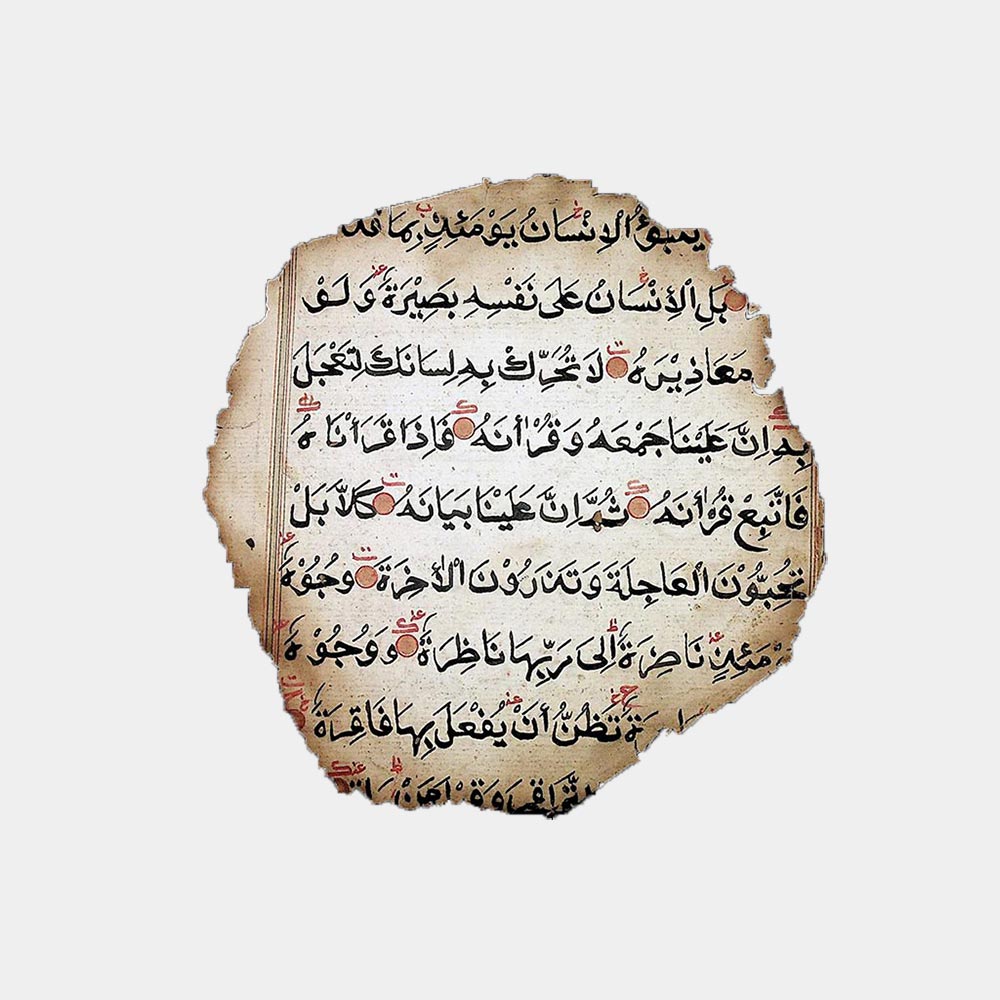Our Story
It began with a map and a mission.
A group of volunteers launched the Philippine Heritage Map in August 2015 with the goal of documenting and promote awareness on the country’s built cultural heritage.
They knew that having a map is not enough without the data needed to fill it. So they eventually trained a few like-minded individuals to help in the mapping efforts.
But soon enough, they realized that more work needs to be done.

Beyond Data-gathering
Beyond data-gathering, there were some unique, innovative and modern concepts and practices that were discovered along the way, which were found to be beneficial in preserving and promoting cultural heritage. Thus, this same group of core volunteers pooled their limited resources together to form a non-stock, nonprofit organization to realize that vision of incorporating technology in heritage conservation.
The organization was formally incorporated on January 13, 2016. The name: Grupo Kalinangan Inc.
Why “Grupo Kalinangan”?
Kalinangan is a Tagalog word which means culture. Literally speaking, Grupo Kalinangan is a group of people who advocate and are passionate about culture.
GKI Through the Years
So much has happened ever since Grupo Kalinangan’s incorporation as a nonstock, non-profit organization. GKI has trained 9 batches of volunteers on fundamentals and techniques in heritage documentation, and have provided assistance to a number of local government units with their cultural mapping work.
Over time, GKI has greatly evolved as it was beginning to do things beyond mapping as part of its overall mission and advocacy. GKI published Kulay Pamana: Philippine Ancestral House Coloring Book in 2016, which includes illustrations of 24 beautiful ancestral houses selected from all over the country.



Kulay Pamana. A Coloring Book featuring 24 ancestral homes from all over the Philippines
The coloring book eventually evolved into workshops such as the Pamana Workshop Series, incorporating the appreciation of heritage through various activities like sketching, photography, and even cooking.
GKI also undertook a digitization project in 2018, in which it successfully digitized hundreds of pages of Jawi manuscripts from the Lake Lanao region as a way to help preserve their heritage in the wake of the Marawi siege, funded by Prince Claus Fund of the Netherlands.



17th century Jawi manuscript saved from the 2018 Marawi Siege
In early 2019, we have also launched Pamana Talks, a series of thematic lectures that provided a platform for both experts in cultural heritage and heritage advocates to share and exchange ideas about heritage conservation and promotion.
That same year, Grupo Kalinangan has worked with the Provincial Government of Zambales to pilot MoHOn (Mobile Heritage Online), a state-of-the-art web and mobile-enabled cultural mapping solution that helps local governments establish and maintain their local cultural inventories for compliance, local planning and programming.
A Trailblazer in Philippine Heritage
Grupo Kalinangan understands that heritage conservation only works when communities become prime partners. That is why Grupo Kalinangan has leveraged on a number of partnerships on both the private and public sector for the most optimal social impact.
Grupo Kalinangan is accredited by the National Historical Commission of the Philippines (NHCP), the Philippine Government eProcurement System (Philgeps), Bureau of Internal Revenue (BIR) and the Philippine Council for NGO Certification (PCNC). We are also supported by local and international organizations like the Mindanao State University (Marawi Main Campus), Bureau on Cultural Heritage-ARMM, Globe Telecom, MYNT (GCash), KMC Solutions, Impact Hub Manila, Prince Claus Fund, Getty Conservation Institute, World Monuments Fund and Microsoft Philanthropies.
Today, Grupo Kalinangan continues to trailblaze in its mission and advocacy for improving the lives of the Filipino people through innovative synergies of community and technology for heritage conservation.



Our Story
It began with a map and a mission.
A group of volunteers launched the Philippine Heritage Map in August 2015 with the goal of documenting and promote awareness on the country’s built cultural heritage.
They knew that having a map is not enough without the data needed to fill it. So they eventually trained a few like-minded individuals to help in the mapping efforts.
But soon enough, they realized that more work needs to be done.



Beyond Data-gathering
Beyond data-gathering, there were some unique, innovative and modern concepts and practices that were discovered along the way, which were found to be beneficial in preserving and promoting cultural heritage. Thus, this same group of core volunteers pooled their limited resources together to form a non-stock, nonprofit organization to realize that vision of incorporating technology in heritage conservation.
The organization was formally incorporated on January 13, 2016. The name: Grupo Kalinangan Inc.
Why “Grupo Kalinangan”?
Kalinangan is a Tagalog word which means culture. Literally speaking, Grupo Kalinangan is a group of people who advocate and are passionate about culture.
GKI Through the Years
So much has happened ever since Grupo Kalinangan’s incorporation as a nonstock, non-profit organization. GKI has trained 9 batches of volunteers on fundamentals and techniques in heritage documentation, and have provided assistance to a number of local government units with their cultural mapping work.
Over time, GKI has greatly evolved as it was beginning to do things beyond mapping as part of its overall mission and advocacy. GKI published Kulay Pamana: Philippine Ancestral House Coloring Book in 2016, which includes illustrations of 24 beautiful ancestral houses selected from all over the country.
The coloring book eventually evolved into workshops such as the Pamana Workshop Series, incorporating the appreciation of heritage through various activities like sketching, photography, and even cooking.
GKI also undertook a digitization project in 2018, in which it successfully digitized hundreds of pages of Jawi manuscripts from the Lake Lanao region as a way to help preserve their heritage in the wake of the Marawi siege, funded by Prince Claus Fund of the Netherlands.
In early 2019, we have also launched Pamana Talks, a series of thematic lectures that provided a platform for both experts in cultural heritage and heritage advocates to share and exchange ideas about heritage conservation and promotion.
That same year, Grupo Kalinangan has worked with the Provincial Government of Zambales to pilot MoHOn (Mobile Heritage Online), a state-of-the-art web and mobile-enabled cultural mapping solution that helps local governments establish and maintain their local cultural inventories for compliance, local planning and programming.



Kulay Pamana. A Coloring Book featuring 24 ancestral homes from all over the Philippines



17th century Jawi manuscript saved from the 2018 Marawi Siege
A Trailblazer in Philippine Heritage
Grupo Kalinangan understands that heritage conservation only works when communities become prime partners. That is why Grupo Kalinangan has leveraged on a number of partnerships on both the private and public sector for the most optimal social impact.
Grupo Kalinangan is accredited by the National Historical Commission of the Philippines (NHCP), the Philippine Government eProcurement System (Philgeps), Bureau of Internal Revenue (BIR) and the Philippine Council for NGO Certification (PCNC). We are also supported by local and international organizations like the Mindanao State University (Marawi Main Campus), Bureau on Cultural Heritage-ARMM, Globe Telecom, MYNT (GCash), KMC Solutions, Impact Hub Manila, Prince Claus Fund, Getty Conservation Institute, World Monuments Fund and Microsoft Philanthropies.
Today, Grupo Kalinangan continues to trailblaze in its mission and advocacy for improving the lives of the Filipino people through innovative synergies of community and technology for heritage conservation.



